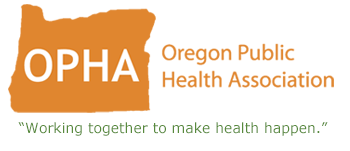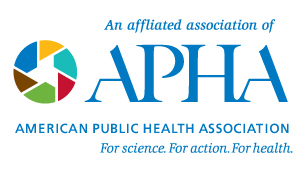OPHA Health Policy & Advocacy Committee
House Bill 2960 Energy Efficiency and Improved Air Quality in Schools (Cool Schools) Status - Passed Summary - House Bill 2960 directs the State Department of Energy to establish clean energy deployment program to provide grants and loans to support energy efficiency or clean energy projects, including projects to weatherize, upgrade or retrofit public schools. House Bill 2960 provides access to financing for school districts to fix leaky roofs, upgrade inefficient lighting and heating and make other improvements through the Oregon Department of Energy’s Clean Energy Deployment Fund (CEDF). Construction projects will begin the summer of 2011. Chief Sponsors – Representatives BAILEY, J SMITH, Senators EDWARDS, ROSENBAUM WHY COOL SCHOOLS? – The average Oregon K-12 public school building is nearly 40 years old, with 14 percent of elementary schools over 60 years old. Many facilities have leaky roofs and windows, outdated boilers, dim lighting, and poor ventilation, and they are increasingly expensive to maintain. Utility bills — often a public schools’ second biggest expense — are growing 20 percent every biennium, taking precious dollars away from the classroom. These outdated facilities aren’t just costly; they also make it more difficult for students to focus, stay healthy, and learn. Cool Schools puts Oregonians back to work across the state by upgrading these facilities. The potential benefits to schools and Oregon’s economy are significant. Every $1 million invested in energy efficiency creates as many as 15 jobs. The Dallas school district in the Willamette Valley recently upgraded its schools with new lighting, boilers, and roofs, among other improvements. The upgrades will save the district nearly $100,000 in the utility costs over the next biennium – funds that are being redirected to keep more teachers and resources in the classroom. The Dallas district is now applying for $3.5 million under Cool Schools to complete additional energy efficiency projects. School investment in energy efficiency also has been shown to improve student and teacher performance. Upgrading older buildings improves airflow and lighting and reduces mold and asbestos. In 2005, Washington State saw a 15 percent reduction in absenteeism and a 5 percent increase in student test scores after efficiency measures were completed. Public Health Benefits – Cool Schools will create a healthier, more productive learning environment for students and teachers. Retrofitting old school buildings through Cool Schools is an opportunity to update HVAC systems and lighting, clear mold and asbestos, and improve overall environmental quality. This can prevent illness and reduce absenteeism, improving student performance. Key Points • Up to 30 % of energy used in schools is unnecessary. • Energy usage is expected to increase by 4% by 2030. • K-12 schools spend $6 billion on energy bills each year, more than what’s spent on textbooks and computers combined. • The financial benefits of cool schools include reduced energy use, waste disposal, and water costs, lower environmental and emissions costs, lower operations and maintenance costs, and savings from increased productivity and health.
Key Supporters
Click here for details of the full bill |

